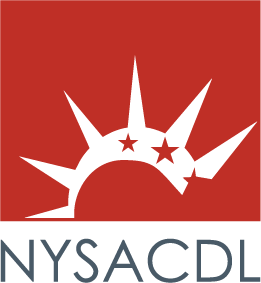What Happens After a Felony Indictment?

In the U.S., many states require indictments for felony charges. In New York, when a person is accused of committing a felony offense, they cannot be prosecuted until an indictment is issued. For those facing an indictment, it is crucial to understand the steps that follow after an indictment has been issued. Below, we discuss the indictment process and what happens after a felony indictment.
Understanding the Indictment Process
The indictment process is crucial in the criminal justice system, especially for felony crimes. This process entails a grand jury reviewing evidence presented by the prosecution to determine where there is sufficient cause to charge a person with a crime. Below is a breakdown of how the indictment process works;
- Investigations and Gathering Evidence
Before the indictment process can begin, law enforcement agencies investigate the alleged crime and gather evidence, including witness statements, physical evidence, and surveillance footage.
- Formation of the Grand Jury
A grand jury comprises 16 to 23 people drawn randomly from voter registrations and other sources. This is typically the same way trial jurors are selected. However, grand jurors are not screened for bias, just for language proficiency, felony status, or other eligibility factors.
- Evidence Review
After the grand jury has been formed, the next step is reviewing evidence and determining if there is probable cause to believe the accused committed the crime.
- Decision
If the jury finds there is probable cause to charge the accused, it issues an indictment.
What Happens After an Indictment?
After an indictment, the following are the steps that follow;
Initial Appearance and Arraignment
The first steps after a felony indictment are appearance and arraignment. During the initial appearance, the defendant is informed of the charges they are facing and their rights. An arraignment involves formally charging the defendant and the defendant entering a plea.
Bail and Pretrial Release
After the arraignment, the court considers bail or pretrial release conditions. Bail is money paid to secure a defendant’s release from custody while ensuring they will appear at future court dates. The court considers several factors, including the severity of the crime and the defendant’s criminal history, when making bail and pretrial release decisions.
Discovery
The first step in the pre-trial phase is the discovery phase, which entails the prosecution and defense exchanging information relevant to the case, including evidence and witness lists. The discovery phase aims to ensure both sides have access to all relevant information before trial. This promotes fairness and allows each side to prepare for trial.
Pre-Trial Motions
Either party can file several options before the trial, including motions to suppress evidence, dismiss the charges, or request a change of venue.
Plea Bargaining
In some cases, the defense may try to negotiate a plea deal, which could lead to a more lenient sentence or reduced charges.
Trial Preparation
If the case proceeds to trial, both sides will prepare by, for example, conducting further investigations and preparing witnesses.
Trial
If the case goes to trial, both sides will present their case to a judge and jury. The prosecution is required to prove the defendant’s guilt beyond a reasonable doubt.
Sentencing
After both sides have presented their cases, the jury will deliberate and decide if the defendant is guilty. Then, the judge will determine an appropriate punishment.
Contact Our NYC Criminal Attorney
To get help with your criminal case, contact our skilled NYC criminal attorney, Mark I. Cohen, Esq., at 917-414-8585 for legal assistance.








